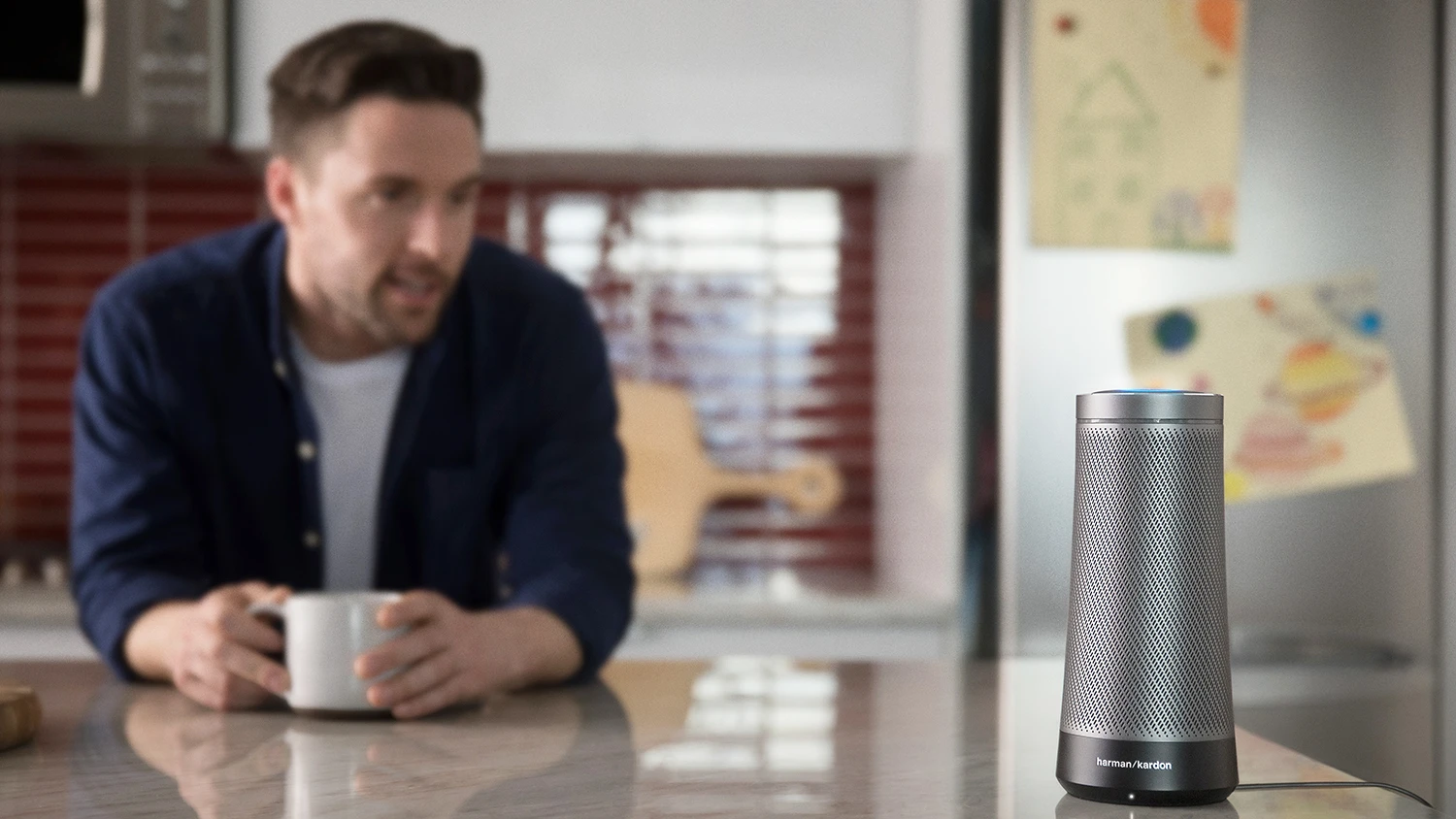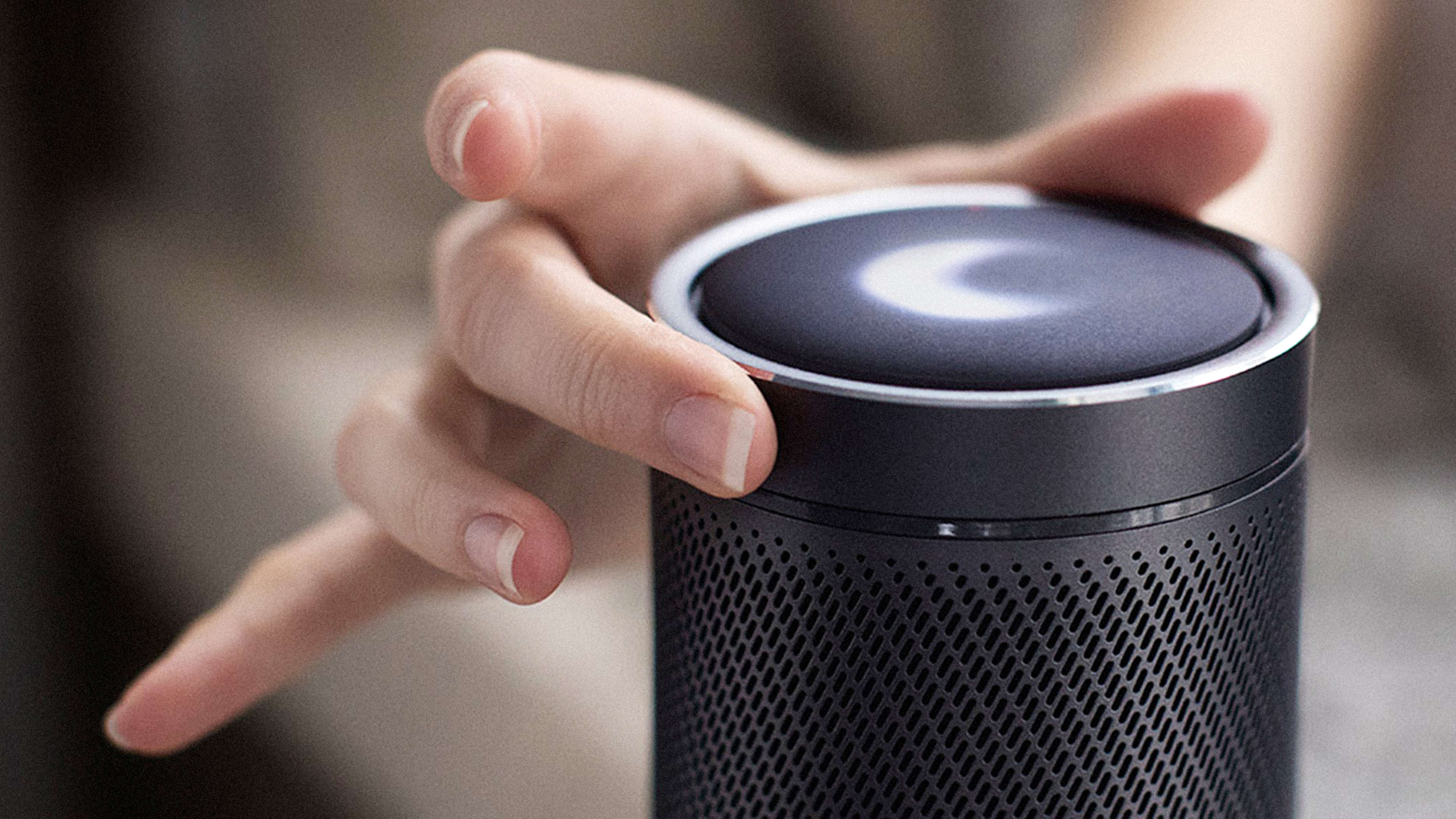Last year, the big news at Microsoft’s Build developer conference was a new framework that let developers build bots and imbue them with plug-and-play skills such as natural language conversation, computer vision, and artificial intelligence.
The focus of Build 2017, which will take place in Seattle on May 10-12, will likely be closely related, but not identical. The conference will feature keynote addresses on the 10th and 11th, in which we may hear new product or service announcements. The rest of the days will be filled with developer training sessions on Microsoft tools and how to use them.
Based on the items in the session agenda, Microsoft will be talking a lot about how developers can make their bots, apps, and services available—and highly functional—as “skills” in Cortana, Microsoft’s natural language smart assistant.
https://youtu.be/DxrJWSi_IWo
Cortana Gets Skillful
Developers will attend sessions on how to use the Microsoft Cortana technology to enter into a verbal back-and-forth with users to deliver their skill or service. This conversation capability is already offered to developers as a cognitive skill in Microsoft’s Bot Framework, but in this context, the back-and-forth might be voice only, with no visual aspect–more like how Alexa works via an Amazon Echo than Cortana within Windows 10.
By encouraging developers to create skills, Cortana is following a similar path as Alexa, except that Alexa has been incorporating new skills from developers for a couple of years, and now has more than 10,000 (not all of them useful). Microsoft has said that new skills would work with Cortana running on a variety of platforms, including Windows, Android, iOS, and Xbox.

Taking On The Echo
To accompany all this, Microsoft will likely be talking to developers about how they can expose their apps and bots via Harman Kardon’s newly announced Invoke smart speaker, which came about as the result of a partnership with Microsoft. Invoke is Harman Kardon’s answer to Amazon Echo, and a new free-standing vehicle for the Cortana personal assistant. (Development of the device began before Harman Kardon was acquired by Samsung, which has its own nascent assistant in Bixby.)
The smart-home speaker wars are pulling in many of the big tech platform companies, perhaps even Apple. What’s alluring is the undeniable success of Amazon’s Echo (powered by the Alexa service) and its surprisingly quick movement toward becoming a mainstream tech product. People, it seems, like the idea of speaking to a stationary, intelligent device in the way they might speak to another person in the room.
Invoke puts a shiny new body around the Cortana brain, which might make both the device and the assistant more attractive to consumers. (Microsoft says 145 million people already use Cortana on PCs and mobile devices.) And it needn’t be limited to consumers in the home. Microsoft might be wise to leverage its massive experience in productivity tools to make the new smart speaker a useful fixture in an office environment. Workers might speak requests for communications or files into the open air instead of having to type on a desktop keyboard or tap on a mobile device. Or call out for a to-do list or meeting agenda or calendar event, or tell Cortana to initiate a Skype call with an associate.
The Bot Story
One thing to watch for is how Microsoft plays the bot narrative it made so much of at Build 2016, one of CEO Satya Nadella‘s biggest strategic decisions as leader of the company, encompassing natural language, machine learning, and artificial intelligence. Microsoft employees have told me Nadella’s impassioned comments about “conversation as a platform” at Build 2016 had a galvanizing and empowering effect internally.
But that was 2016. Most people will tell you that bots were trotted out in front of the public too early and too quickly. Facebook also made a big noise about chatbots last year, and the ones they made available weren’t very useful or even all that conversational. This year, Facebook backed way off the bot narrative at its F8 conference, adding only minor additional functionality. It will be interesting to see if Microsoft doubles down on bots, or steps back.
The Kitchen Sink
What Microsoft really wants is for developers to use its entire portfolio of tools to expose functionality in a range of ways—whether that’s a web page, a mobile or desktop app, a chatbot, or a voice-only Cortana skill. All of this could be hosted in the company’s Azure cloud and delivered via a variety of different operating systems and devices, leveraging the Bing knowledge graph and search functionality. Microsoft wants developers to leave Seattle with this sort of holistic development approach in mind.
My colleague Harry McCracken and I will be in Seattle to cover both keynotes. If you’d like to watch from home, Microsoft will be live-streaming the event at its Channel 9 developer channel.
Recognize your brand’s excellence by applying to this year’s Brands That Matter Awards before the early-rate deadline, May 3.
